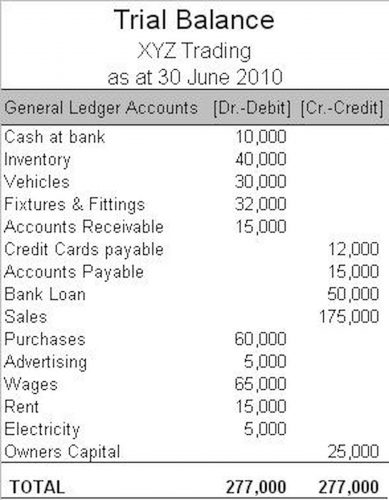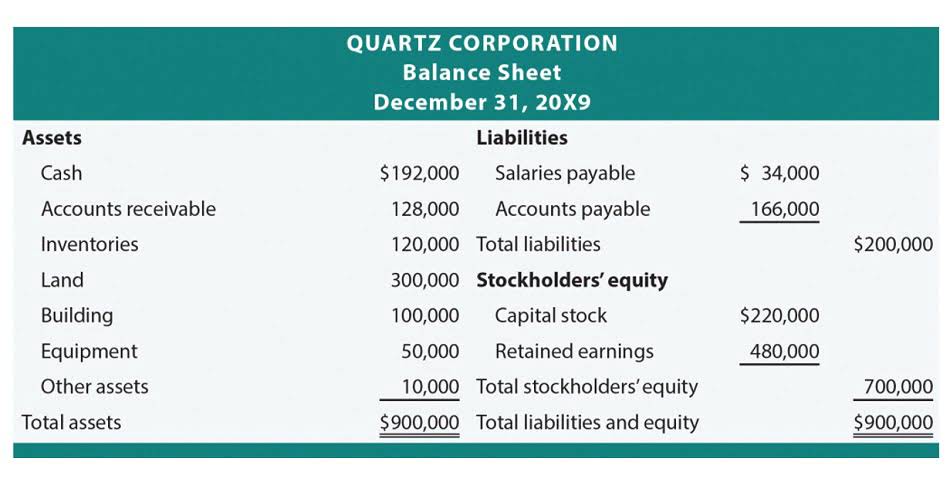Plantwide Overhead Rate What Is It, Formula, How To Calculate?

When you consider that the average profit margin for most companies is 10%, 15% is a significant percentage. Allocating overhead costs uses the same calculation as the overhead rate, with the results used differently. And because overhead rates are an estimate, if the numbers you’re accessing to calculate your overhead rate aren’t accurate, then the results will be inaccurate as well. Your income statement can also help you identify all overhead or indirect costs. This $4 per DLH rate would then be used to apply overhead to production in the accounting period.

Automate Your Accounting Processes
- However, something important to note is that each industry has a different definition for overhead, meaning that context must be considered in all cases.
- In our example scenario, for each dollar of sales generated by our retail company, $0.20 is allocated to overhead.
- Cut unnecessary spending – Review budgets to identify and eliminate expenses that do not contribute real business value.
- Calculating its overhead ratio helps a company evaluate its costs of doing business compared to the income the business is generating.
- It becomes even more important should your business be impacted by factors beyond your control, such as a natural disaster or global pandemic.
- It is generally advisable to keep the number of overhead rates relatively low, in order to minimize the amount of accounting labor needed to compile and track them all.
A company with low indirect costs will have a lower overhead rate, which makes it more competitive with other firms that must apply a larger amount of overhead cost to their products and services. With the low cost structure that goes with a low overhead rate, a business can consistently underprice its competitors, which usually results in increased market share. This is a key element of the Interior Design Bookkeeping low-cost competitor strategy used by the dominant companies in many industries. These organizations constantly monitor their overhead costs and take whatever steps are needed to ensure that their costs are lower than those of the competition.
Manufacturing Overhead Rate Formula
- Hence, it is essential to use rates that determine how much of the overhead costs are applied to each unit of production output.
- This means that once a business understands the overhead costs per labor hour or product, it can then set accurate pricing that allows it to make a profit.
- In this article, we will discuss the formula for predetermined overhead rate and how to calculate it.
- Direct costs, also called operating costs, are the costs of purchasing raw materials or inventory, cost of labor, or costs of providing services.
- By accurately tracking your overhead, you can develop effective financial strategies, cut costs, and grow your profits.
When there is a big difference between the actual and estimated overheads, unexpected expenses will definitely be incurred. Also, profits will be affected when sales and production decisions are based on an inaccurate overhead rate. It is important to research and calculate overhead costs for budgeting and determine how much the business should charge for a service or product to make a profit. For example, if you have a service-based overhead rate formula business, then apart from the direct costs of providing the service, you will also incur overhead costs such as rent, utilities, shipping costs, and insurance. The Plantwide overhead rate is the overhead rate that companies use to allocate their entire manufacturing overhead costs to their line of products and other cost objects. This overhead allocation method finds its place in very small entities with a minimized or simple cost structure.

Accounting Services
So the company would apply $5 of overhead cost to the cost of each unit produced. Try us out for 14 days for free, and rest assured your overhead costs will be kept in check. Under this method, budgeted overheads are divided by the sale price of units of production. Looking at your past overhead and sales numbers for a defined period—say, the previous financial year—you can calculate your average sales and overhead per month. Your overhead rate is how much money you spend on overhead compared to how much revenue you generate. For instance, bookkeeping you may have an overhead rate of 14%—meaning that, for every dollar your business brings in, you pay $0.14 in overhead.


Each one of these is also known as an “activity driver” or “allocation measure.” For instance, consider a manufacturing company produces two types of products – Product A and Product B. There are certain overhead costs such as electricity consumption, manager’s salary, etc. However, to calculate the true cost of production of each type of product, these costs must somehow be distributed, or allocated, between them.

